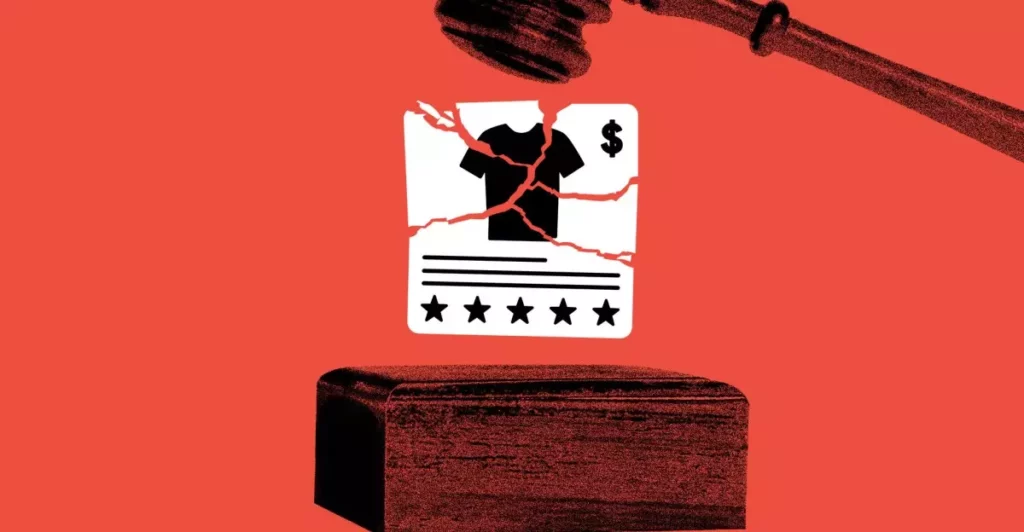What began as a niche experiment within the fringes of the cryptocurrency realm has transformed into a dominant force driving the evolution of financial infrastructure. Stablecoins—cryptocurrencies pegged to stable assets like the US dollar—are no longer the playground of tech idealists but increasingly the toolkit of Fortune 500 companies and major financial institutions. This transition is not just a sign of growing adoption; it’s a structural shift reshaping how money moves, how businesses reduce costs, and how trust is engineered in digital transactions. Yet, while the corporate embrace of stablecoins is awe-inspiring, it also warrants our critical attention, especially from a center-right perspective that values innovation but is cautious about unchecked disruption.
The Corporate Magnetism of Cost Efficiency and Speed
At the heart of the stablecoin allure is a brutally practical proposition: massive cost savings. Traditional payment processing globally consumes more than $187 billion annually, bleeding corporate balance sheets with fees and friction that CFOs quietly loathe. Stablecoins offer near-instantaneous settlement, bypassing costly intermediaries and lowering transaction fees to a fraction of what legacy systems demand. The rapid stock appreciation of Circle’s USDC is a testament to investors’ recognition that these tokens could rewrite the economics of payments. Coinbase’s partnership with Shopify and Fiserv’s decision to integrate stablecoins into their vast payment volume—90 billion transactions annually—is not just symbolic; it evidences blockchain’s potential as an operational backbone for commerce.
However, this profit-driven enthusiasm risks overshadowing deeper considerations. Financial innovation is welcome, but when large swaths of transactions migrate to unproven or semi-regulated infrastructures, it tilts the field dramatically. Institutions eager to cut costs might overlook the systemic risks that still lurk beneath the shiny veneer of tokenization and blockchain promises. Innovation divorced from prudence is reckless.
From Ideology to Pragmatism: Blockchain’s Corporate Reckoning
In the early days, crypto champions waved banners of decentralization and pseudonymous transactions. Today’s corporate players, however, wear suits, not revolutionary badges. The focus has pivoted sharply towards pragmatism—leveraging blockchain where it measurably improves speed, cost, and scalability over traditional systems without necessarily replacing them wholesale. Coinbase’s Base, a layer-2 Ethereum solution, exemplifies this attitude: it’s about compatibility, efficiency, and accessibility, not upheaval.
This pragmatic approach is promising but partial. The hybridization of old and new systems can produce synergies, yet it also risks creating complex interdependencies that regulators and operators may struggle to fully comprehend or control. The fintech world is fast becoming a patchwork rather than an integrated, robust infrastructure, raising questions about long-term resilience.
Incumbents Aren’t Just Watching, They’re Competing
Mastercard, Visa, and JPMorgan—the titans of traditional finance—are not mere spectators; they are bellwethers of an industry in transition. Mastercard’s Multi-Token Network and Visa’s infrastructure updates signal proactive strategies to integrate stablecoins rather than resist them. JPMorgan’s JPMD token, linked uniquely to commercial bank deposits, isn’t just innovation for innovation’s sake; it’s a calculated bridge between the orthodox and the disruptive.
This trend underscores an essential truth often missed by the crypto evangelists on the left: disruption does not mean obliteration of legacy banks. Instead, it means transformation through adaptation and hybrid models. The center-right liberal perspective appreciates this evolutionary approach—embracing competition and tech progress, but also valuing institutional stability and measured change. JPMorgan’s model reflects this nuanced future more accurately than do promises of radical decentralization.
Regulation: The Double-Edged Sword of Stablecoin Growth
Stablecoins’ rapid rise happens in the shadow of mounting regulatory efforts, such as the bipartisan GENIUS Act in the US Senate, which aims to impose disclosure, reserve, and anti-money laundering standards. Center-right policymakers should applaud this: it’s a necessary step to ensuring innovation aligns with public safety, consumer confidence, and economic stability. Without regulation, the stablecoin ecosystem risks devolving into a Wild West, threatening not just investors but the broader financial system.
Nonetheless, the road ahead is fraught. Political entanglements—illustrated by controversies like the Trump-affiliated USD1 token—expose how financially innovative tools can become weapons in partisan battles or tools for illicit ends. This conflation could either hinder innovation through overregulation or stoke mistrust. Thus, regulators must balance vigilance with openness, enabling stablecoins to mature responsibly without suffocating growth.
The Invisible Infrastructure: Stablecoins as the New Payment Backbone
A subtle but transformative implication highlighted by PayPal’s Jose Fernandez da Ponte is that stablecoins are morphing into an “infrastructure layer” rather than standalone products users actively seek. Like the internet for information, money will increasingly flow invisibly, faster, cheaper, and more securely than ever before.
This invisibility is powerful—it promises to integrate blockchain’s advantages seamlessly into everyday financial flows. Yet, it also spells a challenge: how do consumers retain control and understanding when the channels of their money become opaque and complex? Center-right principles champion transparency and accountability alongside innovation. The financial system must ensure that users’ access to clear information and recourse remains intact as stablecoins embed quietly and powerfully in everyday transactions.
Balancing Ambition With Caution
The excitement surrounding stablecoins is justified, given their revolutionary potential. But as someone who prioritizes economic prudence and institutional integrity, I see the stablecoin surge as a double-edged sword. On one side lies transformative efficiency and competitive dynamism; on the other, technical risks, regulatory grey zones, and the specter of systemic fragility. The task ahead is crafting a framework where stablecoins can thrive without undermining the very financial stability and trust that underpin free-market capitalism.
Ultimately, stablecoins must be appreciated as a technological and financial evolution—not a revolution that discards everything that came before. Their rise must be harnessed through reasoned policy, corporate responsibility, and careful integration with existing systems. In this balance lies the future of money.









Leave a Reply